Killing Nutgrass
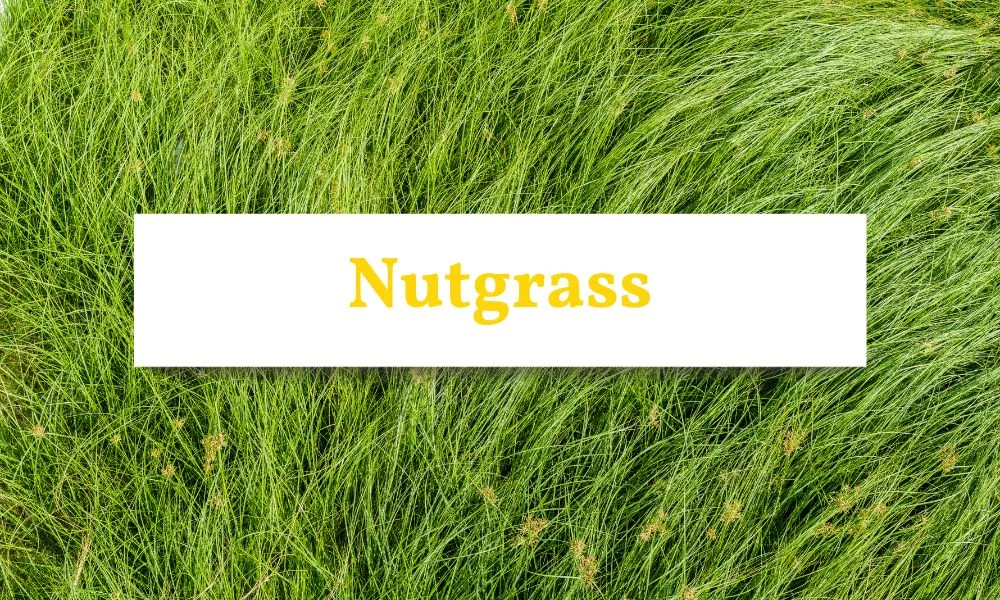
What Is Nutgrass Weed?
Nutgrass, also known as Cyperus rotundus, is a perennial sedge that is one of the world’s most troublesome weeds. It thrives in a variety of environments, from wetlands to agricultural fields, and is native to Africa and Asia. Nutgrass is notorious for outcompeting crops for water and nutrients, leading to significant yield losses. Effective nutgrass killing methods are essential for controlling its spread and minimising its impact on crops and gardens.
Characteristics of Nutgrass
-
Appearance: Nutgrass grows as an erect perennial, typically reaching heights of 20-60 cm. It has a network of underground rhizomes and tubers.
-
Leaves: The leaves are glossy, narrow, and 7.5-20 cm long, with a width of 2-6 mm. They are yellow to green in color and have a distinct shiny appearance.
-
Flowers: The flowers are borne in simple open umbels with few rays, and the spikelets are reddish-brown to purplish-brown in color.
-
Growth Habit: Nutgrass spreads vegetatively through its extensive rhizomes and tubers, which can produce new plants.
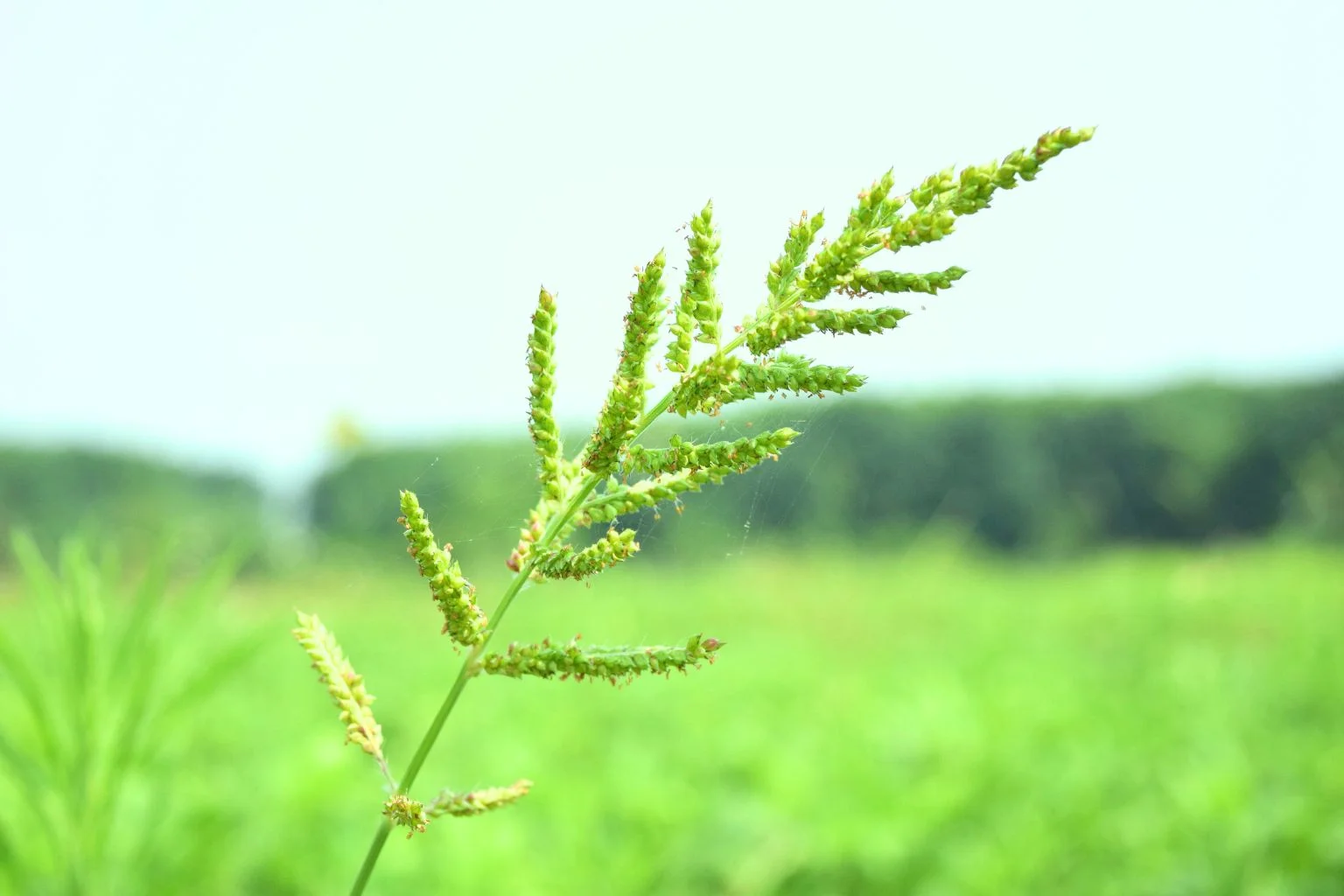
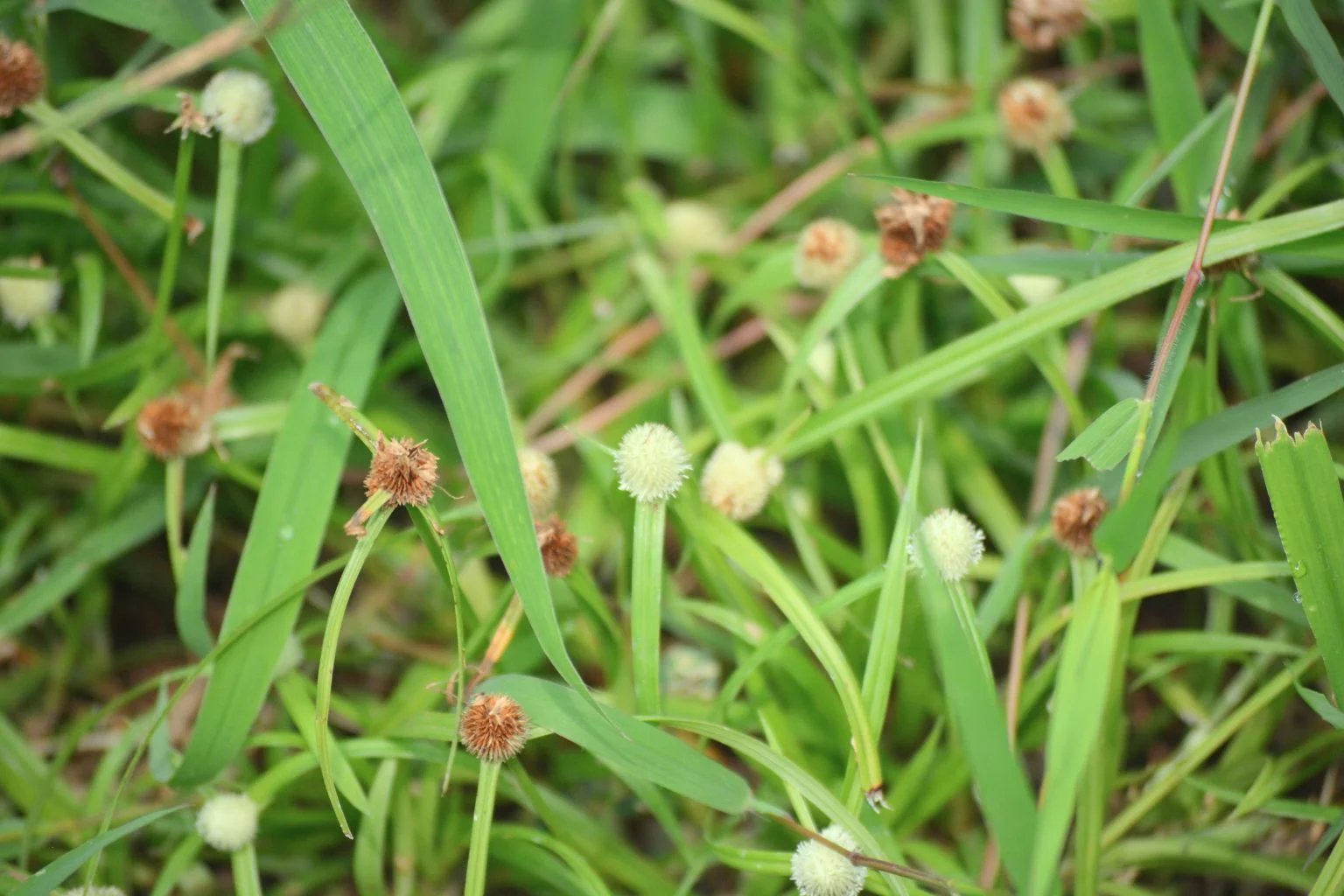

Why Is It A Problem?
Nutgrass is a problem because it competes vigorously with crops for soil moisture and nutrients, leading to reduced crop yields. It can form dense infestations, smothering other plants and removing significant amounts of moisture and nutrients from the soil. Additionally, nutgrass can pierce plastic mulch used in farming, complicating harvesting and increasing costs.
Environmental Impact
-
Habitat Alteration: Nutgrass can outcompete native species in wetlands, riparian margins, and coastal areas, altering local ecosystems.
-
Agricultural Impact: It significantly reduces crop yields and can hybridize with related species, further complicating management efforts.
Agricultural and Pastoral Impact
-
Crop Yield Reduction: Nutgrass infestation can result in crop yield reductions of up to 90%, depending on the crop and weed density.
-
Land Use Limitations: Dense nutgrass growth can limit land use for agriculture due to its aggressive competition for resources.
How to Identify Nutgrass Weed
Nutgrass is easily identified by its narrow, glossy leaves and the presence of reddish-brown to purplish-brown flowers. It often grows in clusters from underground tubers and can be distinguished from other sedges by its triangular stems and lack of hairs on the leaves
Effective Methods
Killing Nutgrass effectively inlvolves a combination of methods. Cultural practices like maintaining proper soil drainage and using mechanical removal can help prevent nutgrass growth. Chemical control with herbicides is effective but requires careful application to avoid environmental harm. Always follow label instructions when using herbicides to ensure safe and effective application.
Nutgrass Control
Controlling nutgrass involves a combination of cultural practices and targeted treatments.
Cultural Practices
-
Maintain well-drained soil to discourage nutgrass growth.
-
Avoid overwatering, as nutgrass thrives in moist conditions.
Mechanical Control
-
Dig out the rhizomes and tubers to ensure killing nutgrass up to its roots. This method is effective but labor-intensive.
Chemical Control
-
Use non-selective herbicides like glyphosate for effective control. Among the best weed killer products with glyphosate are Yates Zero Weedkiller – 750mL RTU and Glyphosate 360 Weedkiller Superway. Follow-up treatments are necessary to ensure complete removal.
Natural Remedies
-
For small areas, repeated removal of shoots can help weaken the plant over time.
Early intervention is crucial to prevent nutgrass from spreading extensively. Regular monitoring and strategic control methods can help manage nutgrass effectively.
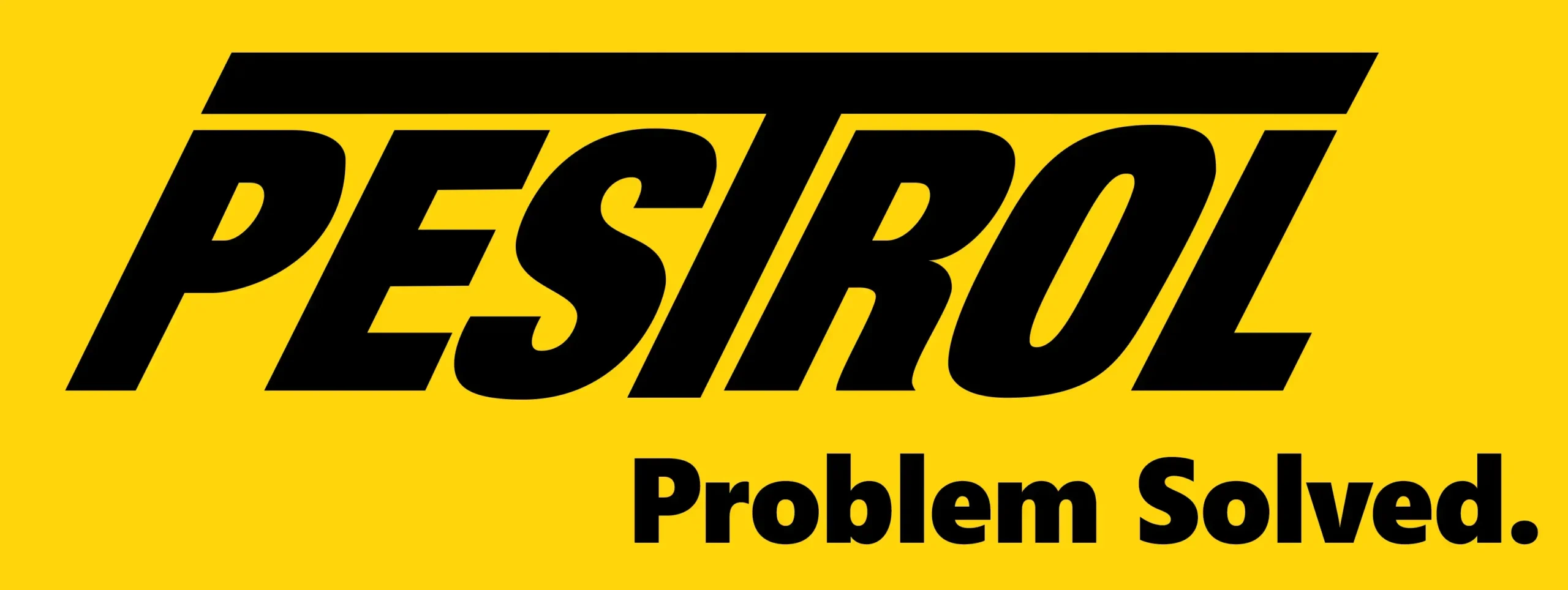




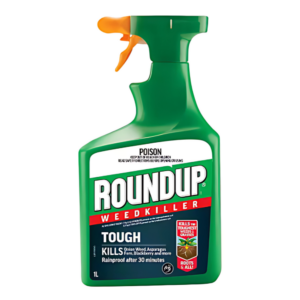
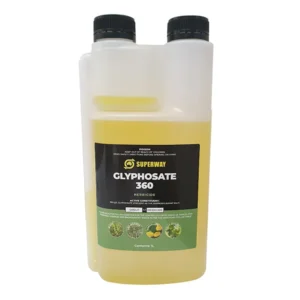

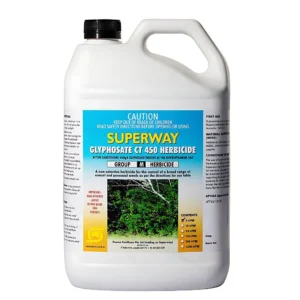
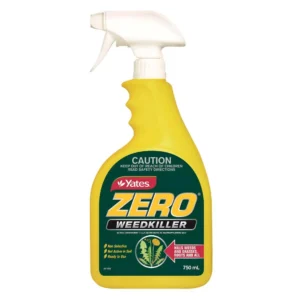
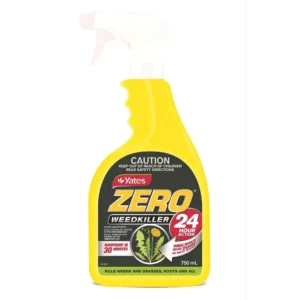
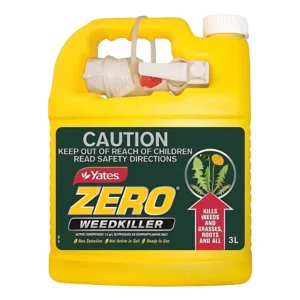
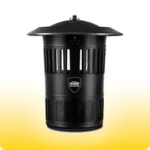 Mosquito Traps
Mosquito Traps